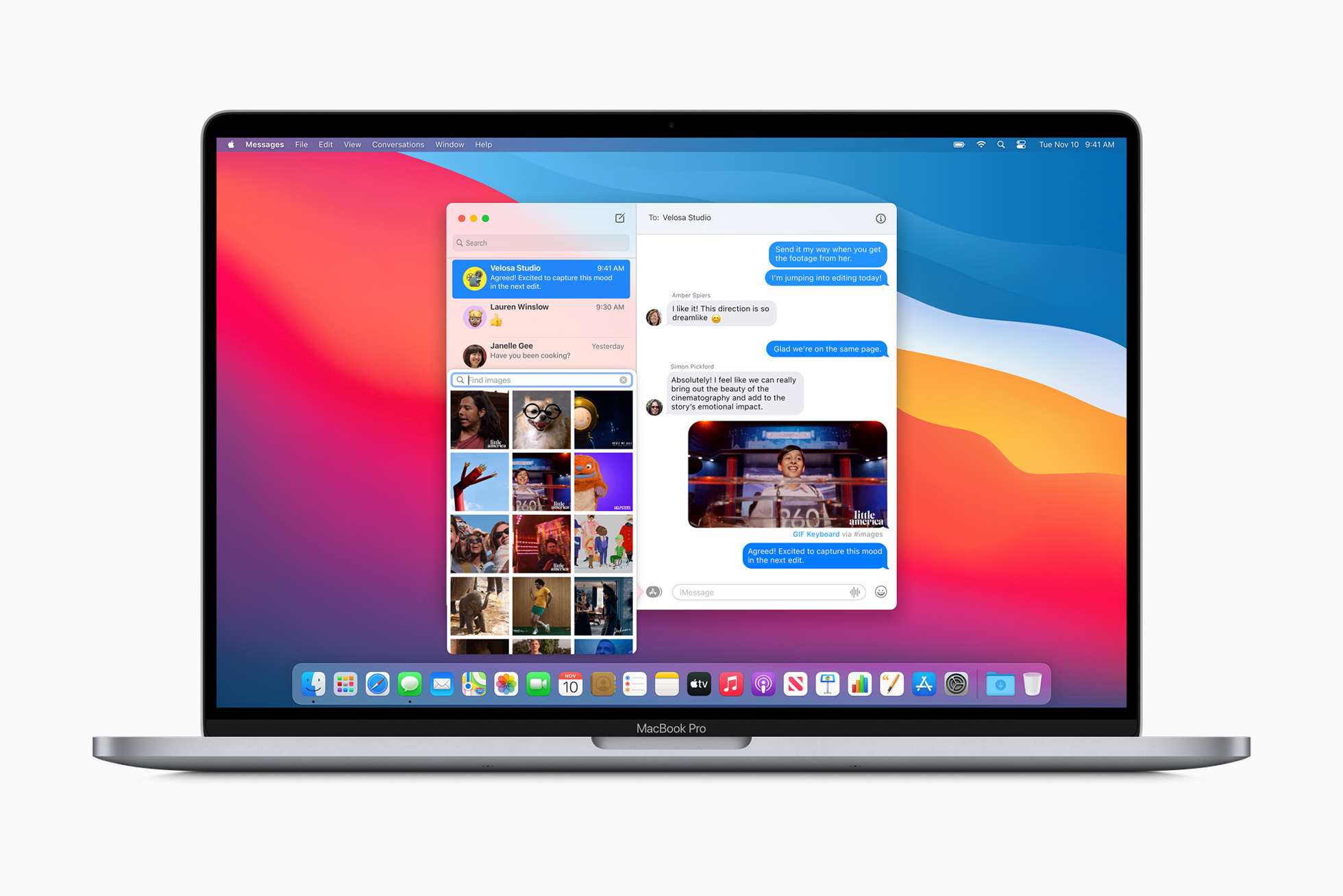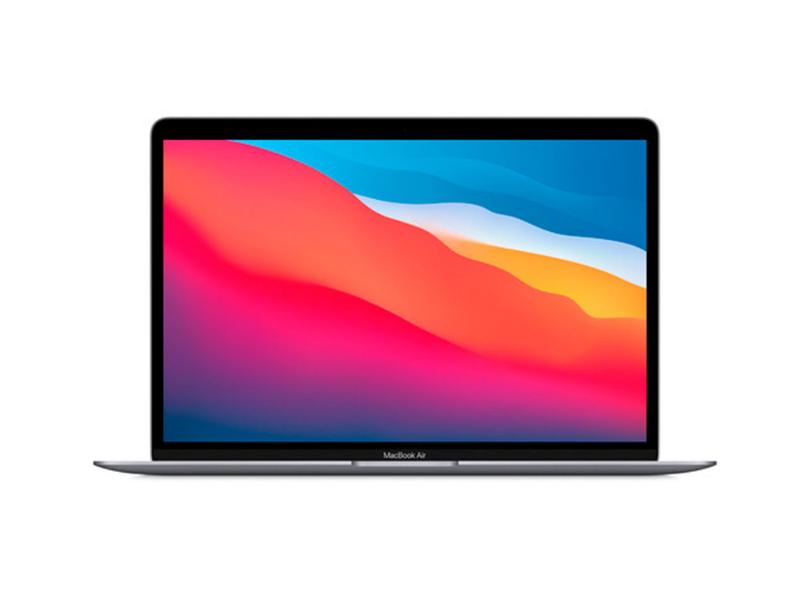

- #What happened to apple iphoto for mac os how to
- #What happened to apple iphoto for mac os update
- #What happened to apple iphoto for mac os pro

#What happened to apple iphoto for mac os update
It’s unlikely that it’ll receive another update (perhaps bugfixes, feature updates far less likely) and it would seem the future is “Photos”. NOTE: Apple is sending a clear message – iPhoto is gone. Following these instructions, you’ll have iPhoto working in Yosemite in no time. Update: this guide/method also works for OS X “El Capitan” (10.11)Īfter Photos came out, you might have noticed that iPhoto no longer wanted to run.įear not.
#What happened to apple iphoto for mac os how to
Your thoughts?Īre you mad at Apple for disallowing iPhoto to work in iOS 8? Are you happy with the transition? Tell me what you think about this latest twist in the comments.For whatever reason you’ve wound up here (probably not a fan of Photos) – this step-by-step guide will show you how to install/re-install iPhoto on your Mac running Yosemite (OS X 10.10.x). It's never easy, and it's going to cause frustration for some of us who have invested a lot of time and effort to produce great content using iPhoto, but unfortunately Apple's not giving us any choice in the matter.
#What happened to apple iphoto for mac os pro
Not to mention Final Cut, its pro video editing software. If you're a Mac user, you've seen Apple's "short term pain for long term gain" gameplan in action fairly recently, when Apple radically revamped its iWork apps in late 2013 - Pages, Numbers and Keynote got major new builds that sacrificed features and functionality in order to improve document workflow with their iOS counterparts. Apple is either unable or unwilling to make it work. If we've bothered to delve into using any of iPhoto's other features besides photo cataloging and adjustments however, we've essentially wasted our time.

Apple has suddenly made iPhoto obsolete, and worse, its replacement won't allow us to keep everything we've made. Some iPhoto users have used the app to remember and share special moments of their lives - vacations, kids' birthdays, weddings, anniversaries. And there's certainly no magic in it either, another favorite descriptor of Cook's. The phrase we've heard Tim Cook use over and over again is "surprise and delight." In this context, "surprise and delight" is worse than a joke. Upgrading your iOS device to a new operating system is, and long has been, a one-way trip.Īpple pays a lot of lip service to the customer experience. After all, you can't downgrade to iOS 7 once you've upgraded to iOS 8.

Most people jumping on iOS 8 are just finding out about this now, after it's too late to do anything about it. The problem is that Apple hasn't done a great job - or any job, really - of communicating these changes to us, their customers. Forcing a change to Photos enables Apple to streamline its customers' digital photo workflow. It never played well with iCloud integration and syncing - those features were bolt-on and poorly integrated. In fairness to Apple, digital photography has changed a lot since iPhoto was developed, even iPhoto for iOS. This transition from iPhoto to Photos is the latest example of a recurring philosophy we see practiced by Apple: The company is willing to impose some short-term discomfort on customers to suit their long-term vision. There are some other gotchas, too, outlined at the Apple support note I linked above. What's more, iPhoto image adjustments made to photos synced from iTunes will be retained, after a fashion: A duplicate of each photo is made in Photos, with adjustments applied. Migrating your iPhoto library adds any photos that aren't already in Photos, and image adjustments made in iPhoto are included. The text and the layouts from those projects is out the window.Īpple has detailed the move in a support note posted to their web site. If you used iPhoto to create Photo Books, Web Journals and Slideshows, for example, they're converted into regular albums in Photos. Photos in iOS 8 includes new editing tools that were clearly inspired by much of iPhoto's functionality, but the transition isn't seamless. You're allowed to migrate your iPhoto library to Photos or cancel, but using iPhoto under iOS 8 simply doesn't work.


 0 kommentar(er)
0 kommentar(er)
